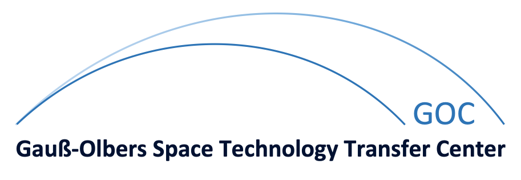Multichannel noise reduction for hearing aid applications
| Tutor: | Stefan Goetze |
| Type of Thesis: | Diplomarbeit (Dipl.) |
| date of end: | 01/2009 |
| Student: | Timo Meyer |
| Status: | finished |
| ANT-shelfmark: | D-01/09-1 |
| Abstract: |
In contrast to single-channel-denoising-algorithms, the usage of beamformer systems with multiple microphones enables utilization of spatial information for noise reduction. The compensation of direction-dependent signal-delays and the summation of all microphone-signals result in a distortionless transmission of sound coming from one special direction, while sound from other directions will be suppressed. As beamformers provide a single-channel output, spatial perception gets lost for a person depending on hearing aids. In order to obtain a two-channel-signal, so called binaural-methods are applied. Herein the conventional beamformer only forms a subsystem, which influences the calculation of the two output signals – destined for the left and right ear. The positioning of microphones in direct vicinity to the head influences the sound propagation. In contrast to free-field conditions, time-delays are increased; furthermore frequency dependent damping occurs. This work shows how the special conditions of sound propagation related to hearing aids can be modeled and taken into account for direction of arrival estimation and noise reduction. Another focus lies on objective quality assessment of different binaural methods. |







